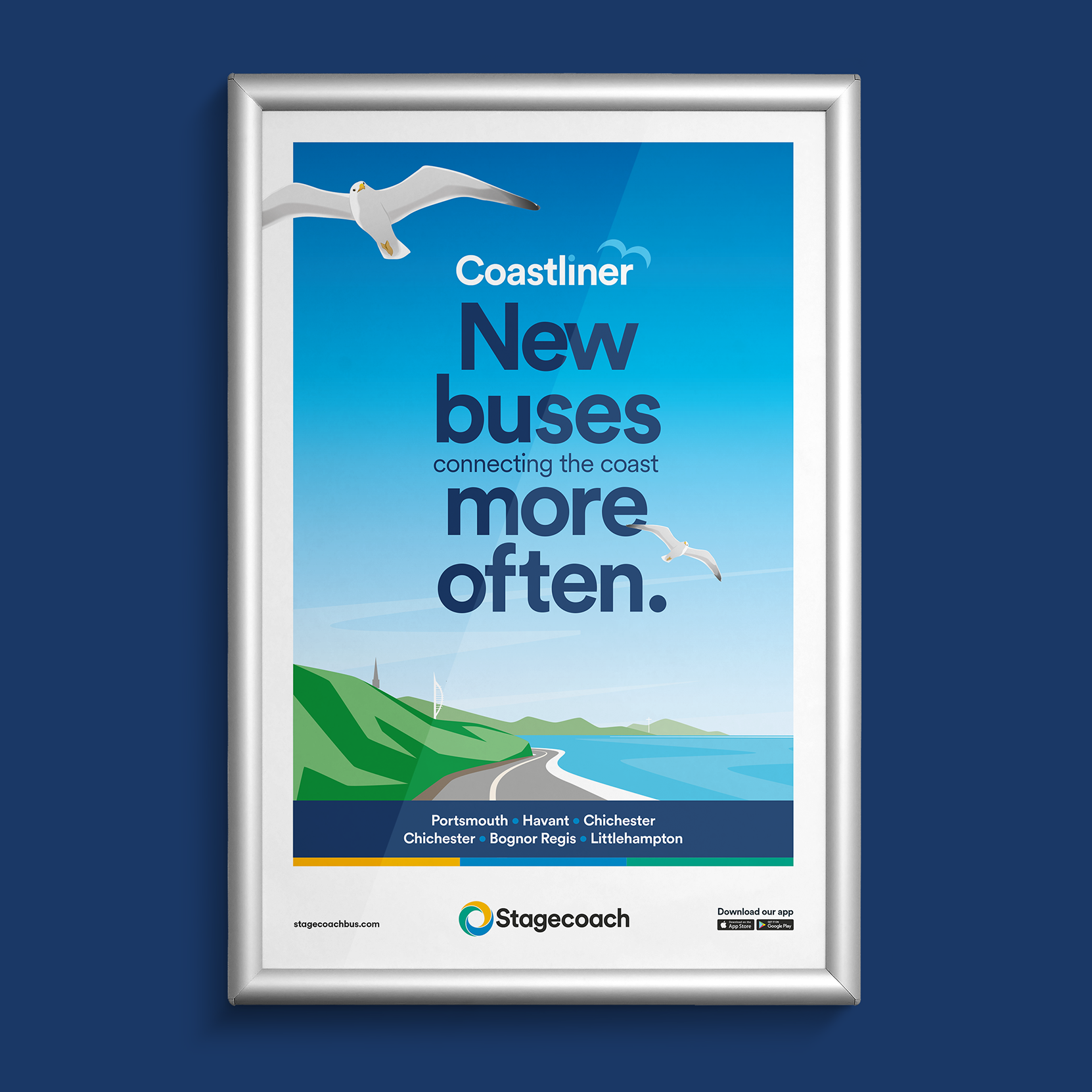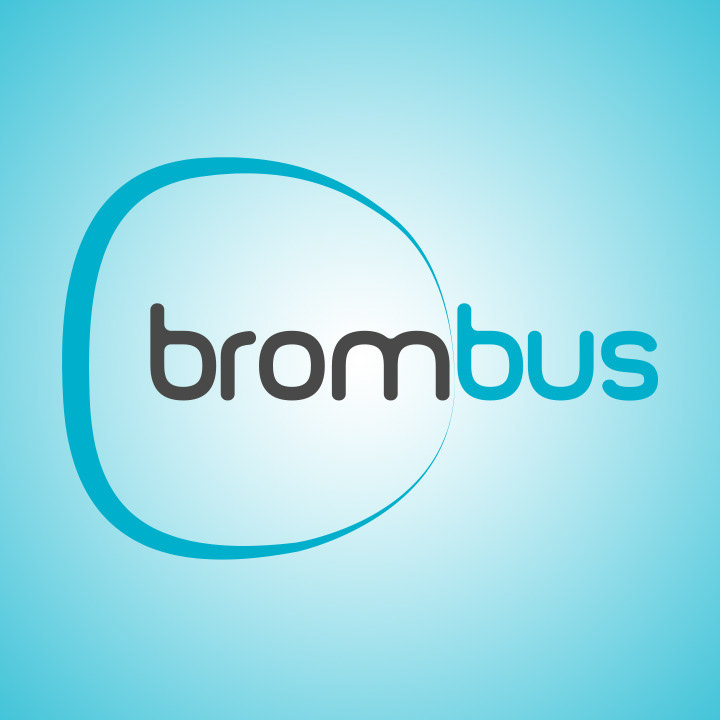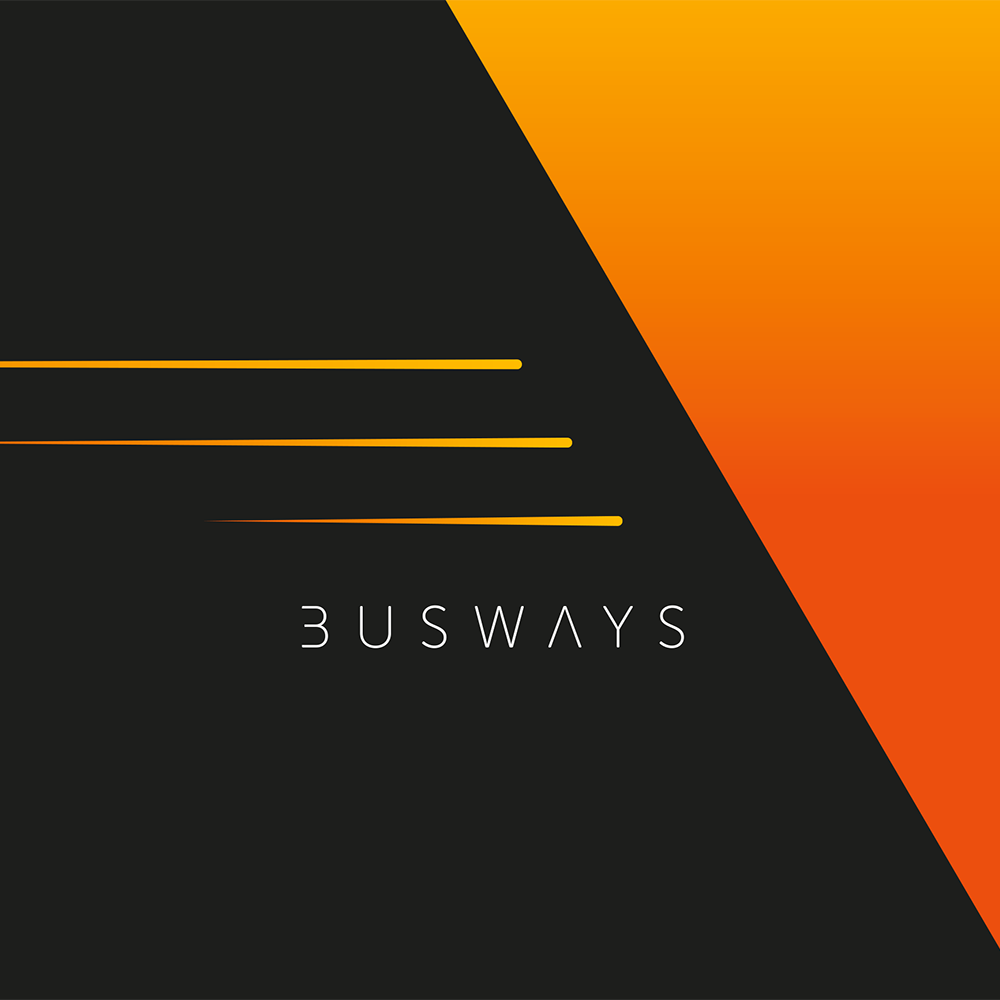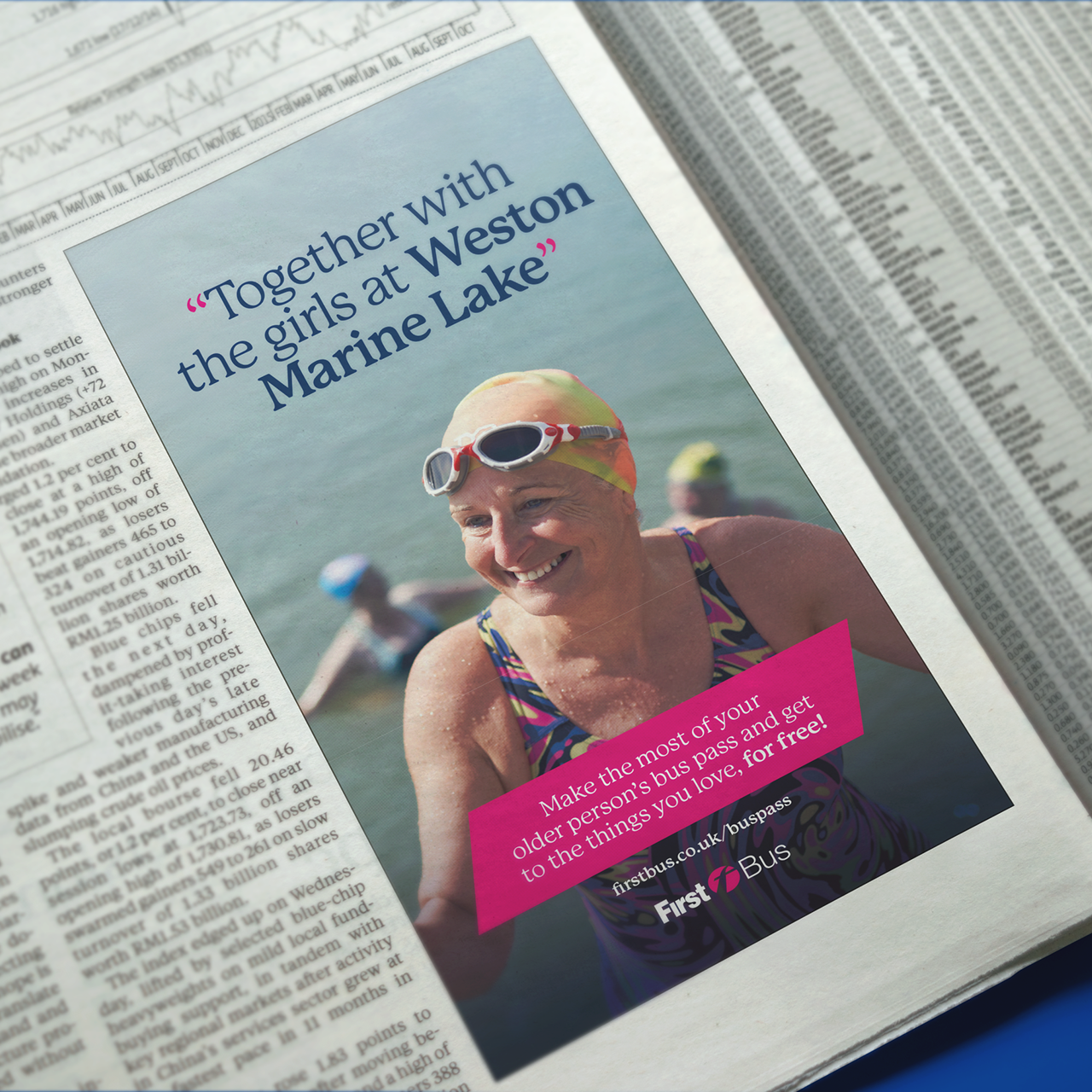Kelvin Scottish was a short-lived product of deregulation, part of the state-owned Scottish Bus Group’s plan to compete with local authority-owned Strathclyde’s Buses.
It came into being in June 1985 when SBG turned six of its seven territorial subsidiaries into 10 smaller ones more closely aligned to local government boundaries.
Kelvin — taking its name from a major tributary of the River Clyde — welded together the Glasgow area operations of Midland Scottish with the Dunbartonshire arm of Central Scottish. A few months earlier, in a prelude to these changes, Midland took over the routes and vehicles that Eastern Scottish operated from its Baillieston depot on Glasgow’s eastern outskirts, when that depot closed.
SBG decreed that its new subsidiaries’ liveries should evolve from what went before. To replace Midland blue and cream, Eastern Scottish green and cream and Central red and cream, Kelvin chose two-tone blue, the lighter shade of which verged on grey.
The group then wanted all three of its subsidiaries serving Glasgow to have a common yellow front, which only Kelvin adopted, initially with all the subtlety of the yellow ends of British Rail trains. It looked as awful as it sounds and by 1986 was replaced by a diagonal combination of two richer shades of blue, with the yellow front extending into the sides.
Deregulation did not work out as happily for SBG as it had expected and when privatisation was decided upon in 1988, Kelvin was one of the smaller subsidiaries merged together. In July 1989, it was amalgamated with Central to form Kelvin Central Buses, which chose Central’s red and cream.
But suppose that never happened and Kelvin was still around today, seeking an updated image. That was this month’s challenge for us.
The operator’s original colourways of blue and yellow have been kept, although the yellow has been stripped back and is now used somewhat sparingly throughout the branding.
Gone are the livery’s angled lines, replaced with iconic Glasgow city landmarks such as the Clyde Auditorium — known colloquially as The Armadillo — and Finnieston Crane. Definitely a case of if you know, you know.
The landmarks are shown as keyline vinyl on the windows, meaning they stand out just enough to be recognised, but not enough to obstruct views or restrict light. The keylines extend vertically and then again at 90deg to follow the window line of the bus.
The new tabulated identity and wordmark (showing that hint of yellow which is further complemented wrapped around the top of the bus and on its route number) nestle comfortably in the bottom right-hand corner like a proud signature.
The landmark framing is carried through on to the timetable where they sit almost mosaic-like on the DL sheet. Again, both the word mark and route number leap off the page thanks to the blue/yellow combination.
This was an exercise that retains many of the original Kelvin Scottish branding attributes but still manages to look a whole lot different.










